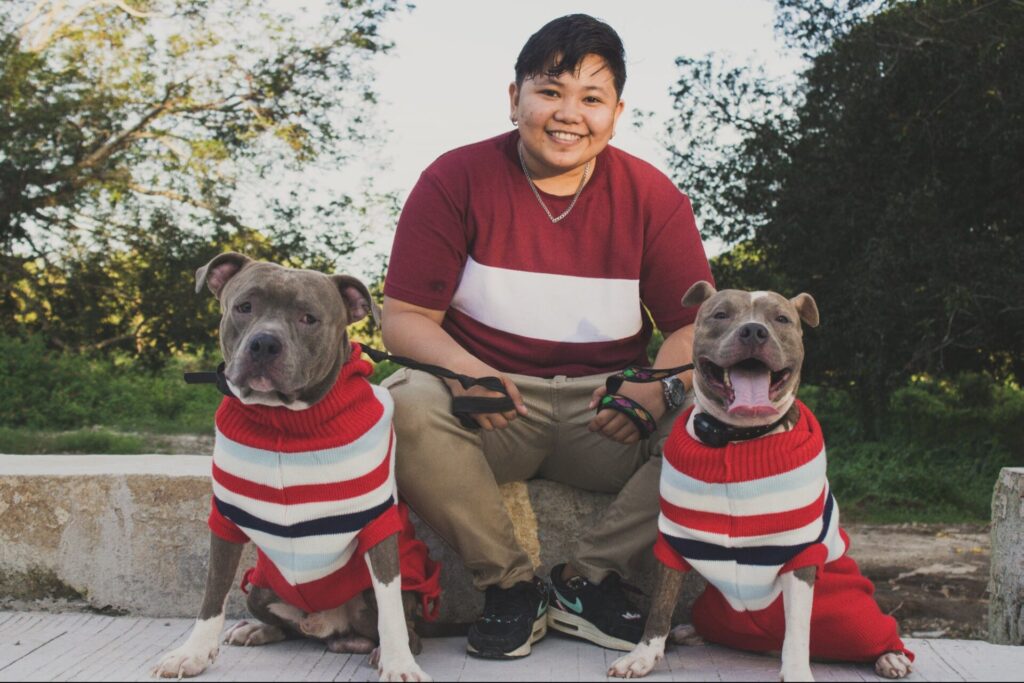Iconic Ads: Miss Clairol -“Does She…or Doesn’t She?

Women dying their hair to avoid greying was unheard of in the 1950s. While many women wore lipstick and blush, dyeing one’s hair remained a forbidden topic. The stigma of a highlight persisted since just 7% of American women coloured their hair then, and most of them are models, actresses, or street workers.
Foote, Cone & Belding faced a big problem after winning the Clairol contract in 1955. Even though Clairol had just launched a new beauty product, the stigma around hair colour made this account difficult. FCB was hired to change women’s perceptions of hair colour.
At the time, FCB’s only female copywriter, Shirley Polykoff, had been using chemicals to keep her naturally blonde hair from turning too dark since she was 15. And she was sensitive to the obstacles that hindered most women from changing their hair colour.
She was the middle of 3 daughters. The elder and youngest were beauties. Polykoff, who saw her blond hair as her only physical distinction (at least until she began to develop what she called her “sexy curves,”) was so distraught when her hair began to darken as a teenager that she began having a local hairdresser lighten it just to make the back match the front.
In 1956, Miss Clairol became the first “at-home hair colour kit that could lighten, tint, condition, and cleanse hair in one step!” Ladies could use the Clairol “hair colour bath” for natural-looking results in one step. The objective was to show that it produced a natural colour that no one else could differentiate.
Polykoff felt that the only way to counter the negativity around hair colour was for women to be so confident that their hair colour was as good as natural.
Polykoff cracked the brief, especially because she shared many women’s concerns. It was not only her clever title that summed up the product’ benefit, she also identified the emotional trigger.
“Does she…or doesn’t she? Only her hairdresser knows for sure.”
Polykoff’s famous line came from her first meeting with her future mother-in-law, who questioned her son if Polykoff was dyeing her hair.
“In 1933, just before I was married, my husband had taken me to meet the woman who would become my mother-in-law,” Polykoff explained. “When we got in the car after dinner, I asked him, ‘How’d I do? Did your mother like me?’ and he told me his mother had said, ‘She paints her hair, doesn’t she?’ He asked me, ‘Well do you?’ It became a joke between my husband and me; anytime we saw someone who was stunning or attractive we’d say, ‘Does she or doesn’t she?’”
This private joke became one of the game changers not just for advertising but for women!
To begin with, FCB’s male managers were hesitant to use the controversial headline, believing it was misleading and sexually aggressive.
The headline was risqué at the time, but the other elements that boosted the campaign were not. Polykoff purposefully chose fresh-faced models to demonstrate that the product was utilized by real ladies.



Polykoff added a toddler to the scene to emphasize the product’s shining, natural smoothness. A wedding band was even put on the model’s hand to avoid the appearance that Clairol pushed having kids before marriage.
They tried to advertise in Life. First, Life magazine’s male-dominated panel rejected the tagline, claiming it was offensive and too suggestive. FCB and Polykoff persisted in pitching the ad to the magazine’s female staff, who agreed it was simply about hair colour.
“They couldn’t find one woman who admitted to getting a double meaning from the words,” Polykoff recalled. “This so knocked Life’s all-male panel for a loop that the advertising was accepted.”
Polykoff was not shocked that no woman thought the line was smutty. She knew that educated 1950s women, the Clairol target demographic, would never admit that nice girl ever acquired an off-colour meaning about anything.
“Everyone got rich,” she said after the advertising.
Within six years, more than half of all American women were colouring their hair.
Podcasts
https://portfolio.mentza.com/portfolio/vejayanand/circles/16304




1 Comment